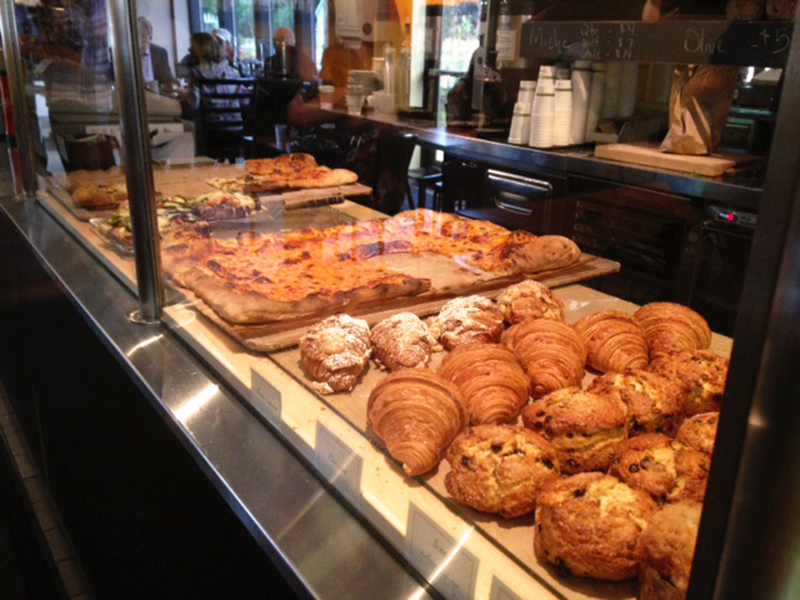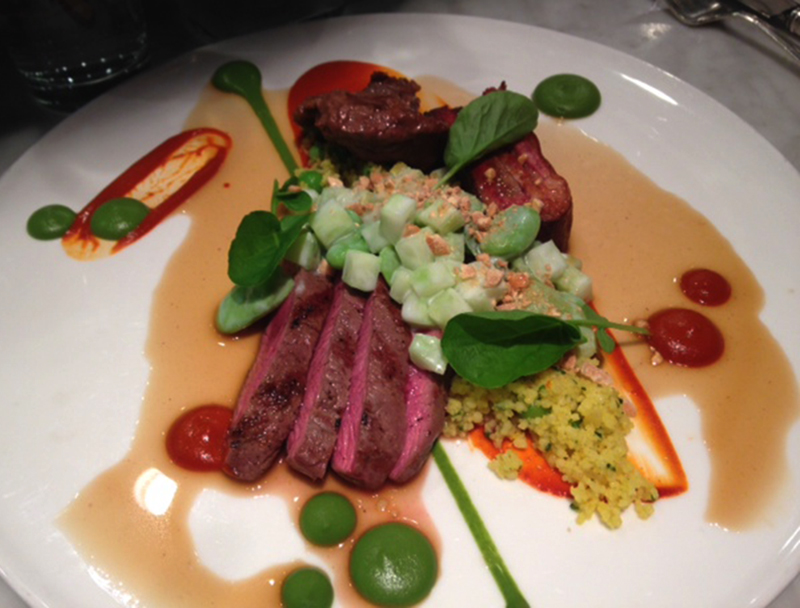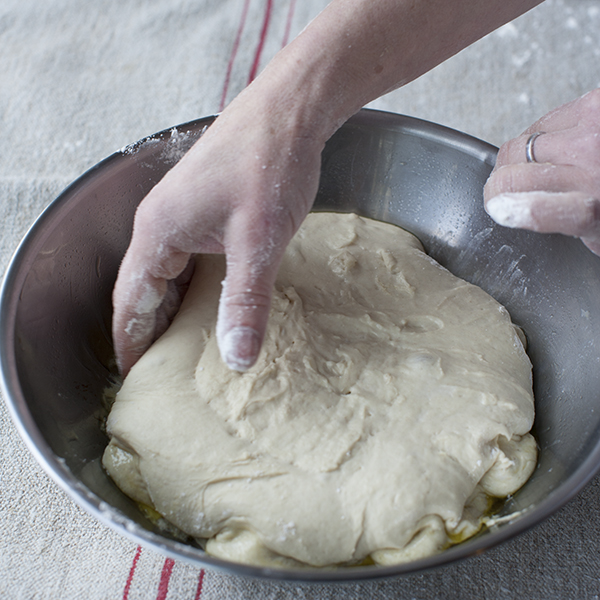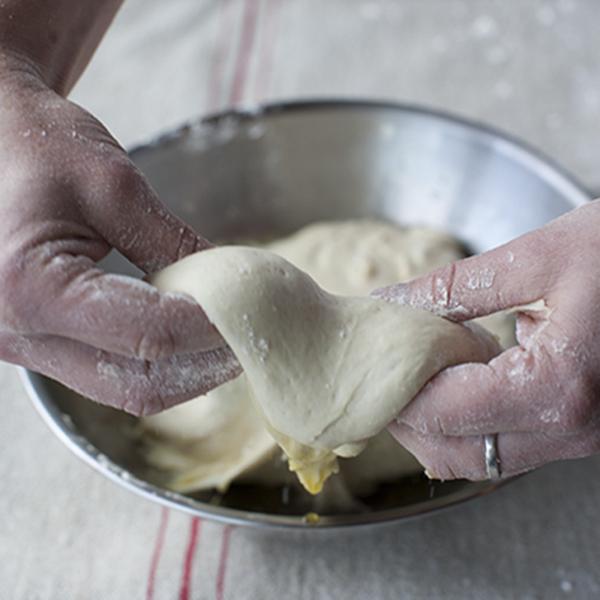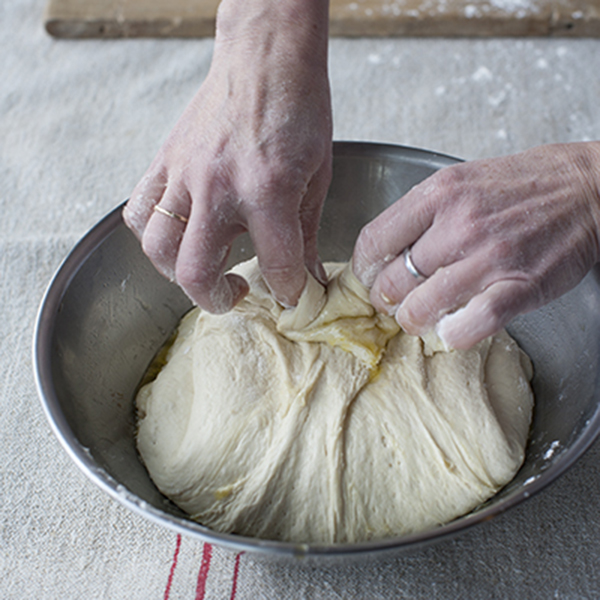
Milled in Minneapolis for over 130 years. Photo by Dennis Brekke.
Minneapolis is nicknamed the Mill City for good reason. By the late 1800s, this town situated on the banks of both the Mississippi and Minnesota Rivers, was booming with mills for cotton, paper, wood, wool, and most importantly, flour. Grain grown in the Great Plains was shipped to Minneapolis’ 34 flour mills for production. According to the Mill City Museum, in its heyday, a single mill at Washburn-Crosby (General Mills‘ predecessor) made enough flour for 12 million loaves of bread each day. There’s no doubt about it, flour soon became ingrained in this city’s culture.
Leslie spent some time in Minneapolis recently, admiring the rich heritage one delicious loaf at a time. Here is a sampling of some of her favorite stops along the way.
Stop 1: Sun Street Breads
We filed in line with crowds of people waiting for delicious brunch. Their Biscuit Sandwiches are not to be missed. We selected a combination of biscuits, southern-style sausage gravy, cheddar scrambled eggs and fresh scallions. It was so good! We also had the Sourdough Flapjacks, made with bread starter perfectly balanced with the sweetness of real maple syrup and sweet butter. They are famous for their southern fried biscuits with chicken fried steak, bacon and sausage gravy… Oh my stars! As we were leaving we couldn’t resist getting a loaf of their Bergen Bread packed with pumpkin seeds, sunflower seeds, flax meal, cracked wheat, rolled oats, and rolled rye. The Bergen Bread was awesome for a midday snack with cheese and fruit. The café had a bustling atmosphere with very friendly and helpful staff.
Stop 2: Patisserie 46
Tucked into the Kingfield neighborhood in southwestern Minneapolis, this lovey bakery sits. It offers elegant French-inspired pastries, a great selection of baguettes and levain-style breads; lunch with soup, tartines, sandwiches, quiche and crepes; and the most elegant chocolates! John Kraus, the owner, was a pastry instructor for many years before opening this wonderful bakery. The pastries and bread were devoured in minutes, but the chocolates stopped me in my tracks! A must see!
Stop 3: Salty Tart Bakery
It took a bit of a search to find this bakery. It is located in the Midtown Global Market, nestled in the center of the block-long cross-cultural textile and food concessions. The best time to visit is in the morning when the display is full of warm pastries and cookies. I bought one cream-filled brioche; simple but out of this world. I immediately bought two more to bring back to Seattle to share at Macrina. The richness of the brioche filled with vanilla bean-scented pastry cream is very simple but stunning!
Stop 4: Borough
We didn’t have reservations but were able to find seats at the bar. This was awesome as we had a window into the kitchen, which was very entertaining and fun to watch. The octopus was excellent with yam, soy and cilantro. The grilled prawns was also a great first course. The menu changes often, but we enjoyed the grilled shrimp with ricotta cavatelli, tomatoes and English peas. The lamb entrée was succulent with lamb loin, belly and cheeks, fresh fava beans, couscous and harissa. The Parlour downstairs is more casual with hand-cut fries and juicy burgers that will make you drool.
Stop 5: Digs
This is a sweet shop packed with art from local artists, yarn, unique cards, housewares, earrings, stoneware cups and custom T-shirts. It was so much fun to spend an hour and find all the birthday and graduation gifts needed for the next few months! Very special finds! Owner Linda Schneewind is a wealth of information.

